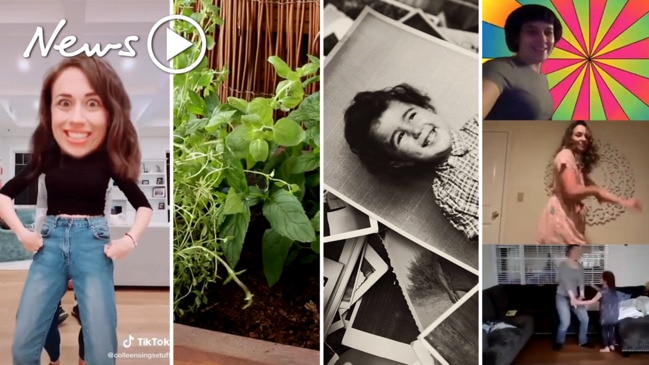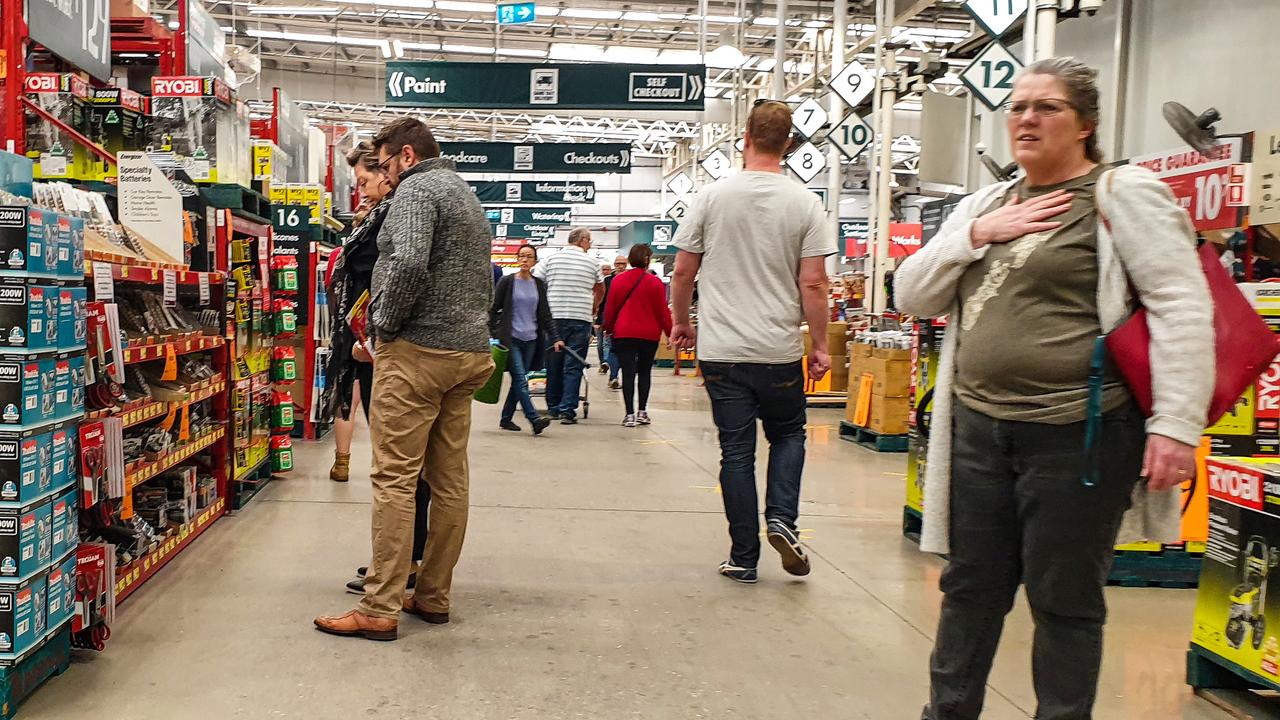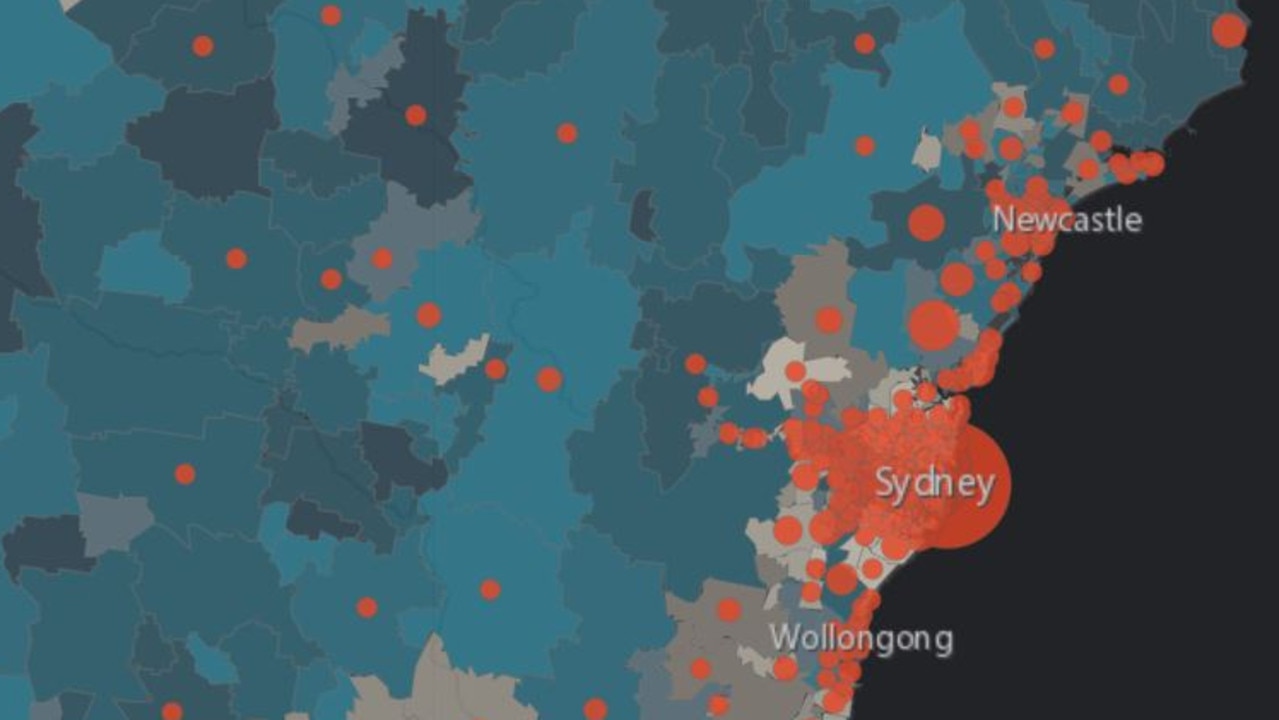Calls for pointless lockdown restrictions to be lifted as map reveals NSW postcodes that are coronavirus-free
Australians are living under strict lockdown rules in some states but one expert says a number of rules ‘don’t make biological sense’.

The first lockdown restrictions that should be relaxed are the ones that “don’t make biological sense, Australian National University infectious diseases physician Peter Collignon says.
“Sitting on a bench by yourself, fishing by yourself, walking on a beach if it’s not crowded. Why do they matter?” he told news.com.au.
“These things protect people’s sanity when there are going to be restrictions for a long time.”
Australians are living under strict lockdown rules in some states but the Morrison Government has flagged restrictions could be eased in four weeks, once three things are in place.
Prof Collignon believes pubs will still be closed for a while but other activities that were low risk could be looked at.
“A lot of things we are doing are panic reactions from seeing on television what’s happening in New York or London, where they have lost control of the infection, rather than doing what they are doing in Korea, which is a similar nation to us” he said.
Once nonsensical restrictions were lifted, Prof Collignon believes the next step would be looking at restrictions in places like South Australia, which were less strict compared to states like Victoria.
If South Australia’s restrictions are working to control the virus, then other more strict controls may not be necessary.
South Australia doesn’t have a two-person limit on gatherings, and instead allows groups of up to 10 people to meet. It also doesn’t force people to stay home unless they have a good reason, such as exercising.
Despite this, it has managed to get its new infections down to very low numbers, or even zero new cases on some days.
Prof Collignon said the basic advice to keep 1.5 to 2 metres away from others, and for people to wash their hands regularly, seemed to make a lot of difference.
“We know this works and people will keep doing this intuitively over time,” he said.
But others, such as allowing people to go to supermarkets but not let them go outside even if they were two metres apart, did not.
He said it was important that the rules made sense if people were expected to maintain social distancing measures for six months to two years.
“A lot of people will go stir crazy if they are locked inside their houses,” he said.
“We’ve got to work out what to do based on a nuanced approach rather than imposing what works in a place like Bondi Beach across the entire state.”

PM REVEALS SECTORS THAT MAY HAVE RESTRICTIONS LIFTED FIRST
Prime Minister Scott Morrison was asked what restrictions could be eased first during an interview on 7.30 on Thursday night.
He said they would want to move on things like construction and manufacturing and those types of activity.
“Today we talked at National Cabinet in particular about things like infrastructure and how we can get some of those works moving,” he said.
He said there would also be opportunities in retail.
“I think what you’ll see is more people being able to work at work, that might be on a roster type basis. I mean, some of that is happening now already,” he said.
“But what we are looking to do, and schools also come into that ultimately, and what we’re looking to do is get the pace, get the churn, the activity in the economy moving back up.
“Because when that happens, then people’s jobs come back into play. Their incomes come back more strongly. And their reliance on the welfare system and the JobKeeper program will diminish over time.
“The way out of this is to get on top of the virus and to get people back into work and in their incomes. When we do that, we’re winning.”
MAP SHOWS AREAS THAT ARE VIRUS-FREE
Meanwhile, a new mapping tool that breaks up COVID-19 cases into postcodes could help governments decide which areas may be allowed to lift social distancing measures first.
The University of Sydney developed the interactive map using NSW Health and Australian Bureau of Statistics data, which shows the number of people with COVID-19 in each postcode.
“There are some areas in western NSW and northern NSW where there have been no cases recorded,” Associate Professor Adam Kamradt-Scott told news.com.au.
“In the event that the government decides they want to start lifting or relaxing some social distancing measures, you will have the opportunity to do it, for instance, in those areas first.”
While the data only covers NSW so far, it’s hoped the model will be rolled out to other states if health authorities agree to share their information.
Prof Kamradt-Scott, who is leading the project along with Associate Professor Eleanor Bruce and Associate Professor Adam Dunn, said the initial aim of the project was to provide further transparency and to ideally reassure people about the level of risk in their particular postcode area.
“We felt it was important as … there was increasing anxiety that Australia would become another Italy or Spain,” he said.
“We wanted to provide further information to the public and thought data visualisation was a good tool of communication.”
Once someone clicks on a particular area, the map shows the number of cases per day, as well as the total number of cases since the outbreak began.
Areas that have had no infections include Horsley Park (2175), Oberon (2787), Dorrigo (2453) and Seal Rocks (2423).
RELATED: Get the latest coronavirus updates
RELATED: The habit we can’t shake despite warnings
RELATED: Asymptomatic people infecting Australians

Prof Kamradt-Scott said they hoped to update the map within the next week to more clearly show the areas where there has been no new transmissions in the last 14 days, and 21 days.
“This will help identify areas the government might be able to think about relaxing social distancing measures,” he said.
The map also provides information about the socio-economic status of residents and how many are aged over 60.
This can help authorities to predict and track the impact of lifting measures.
For example, one of the questions being asked is whether people can go back to eating in restaurants.
Prof Kamradt-Scott said the mapping could show whether lifting restaurant restrictions impacted residents of high socio-economic areas more because it was more affordable for them to go out, than those people in low socio-economic areas.
“If we are able to provide a level of granularity across jurisdictions, it really can help the government make determinations about when restrictions can be relaxed and how to go about it.”
RELATED: Social distancing restrictions in each state
Prof Kamradt-Scott said the University of Sydney was not trying to dictate policy through its mapping tool and it was up to governments to decide when was the best time to lift restrictions.
“We are not advocating for any measures to be relaxed at the moment,” he said. “We are trying to provide guidance or more evidence to inform those decisions.”
Continue the conversation @charischang2 | charis.chang@news.com.au




